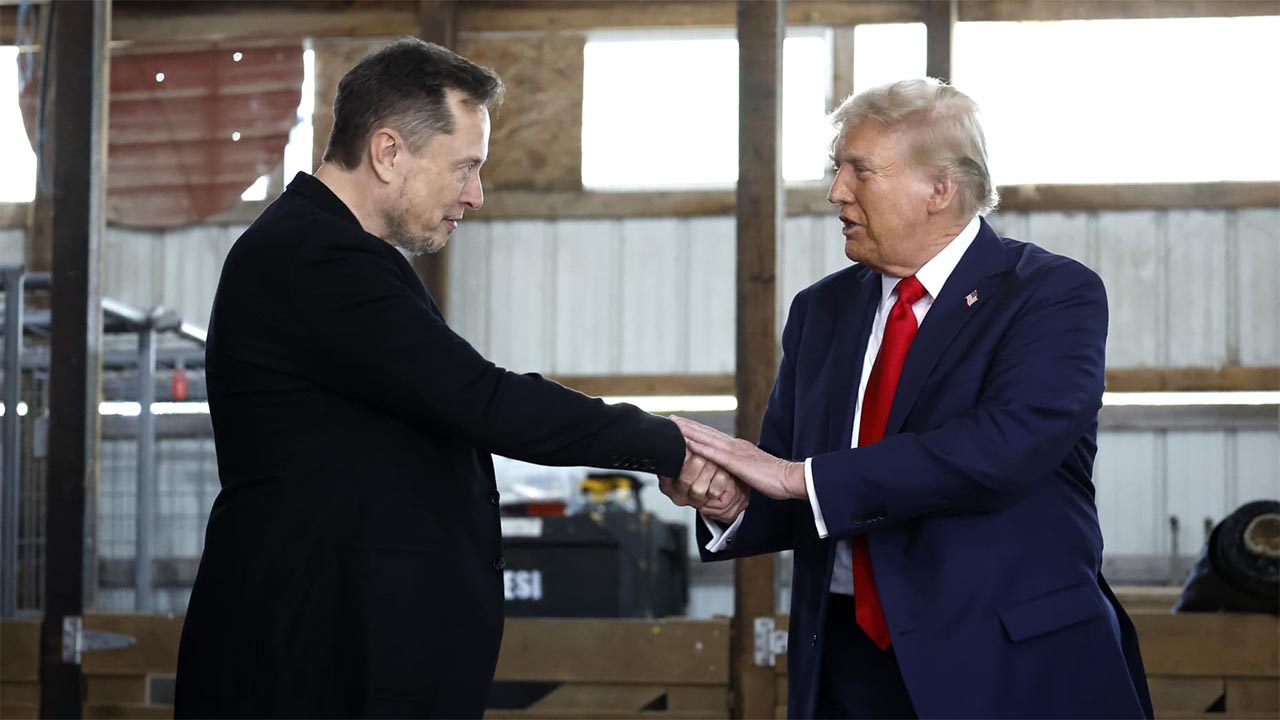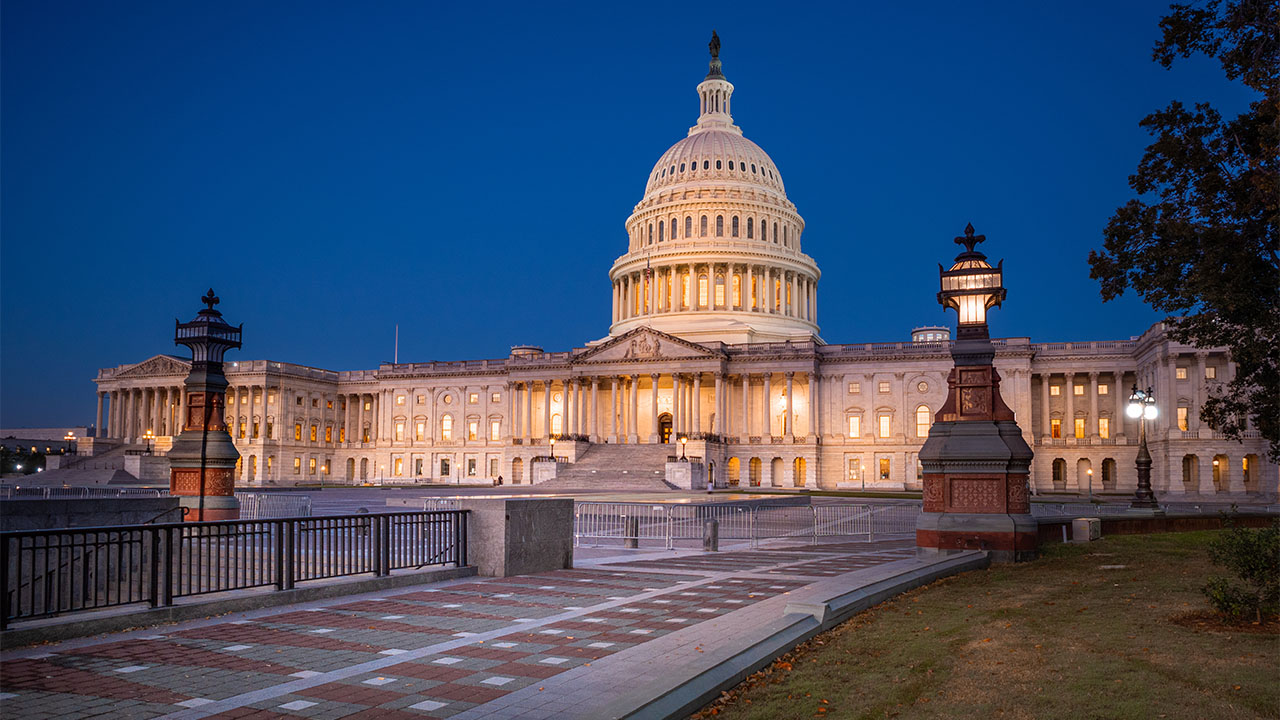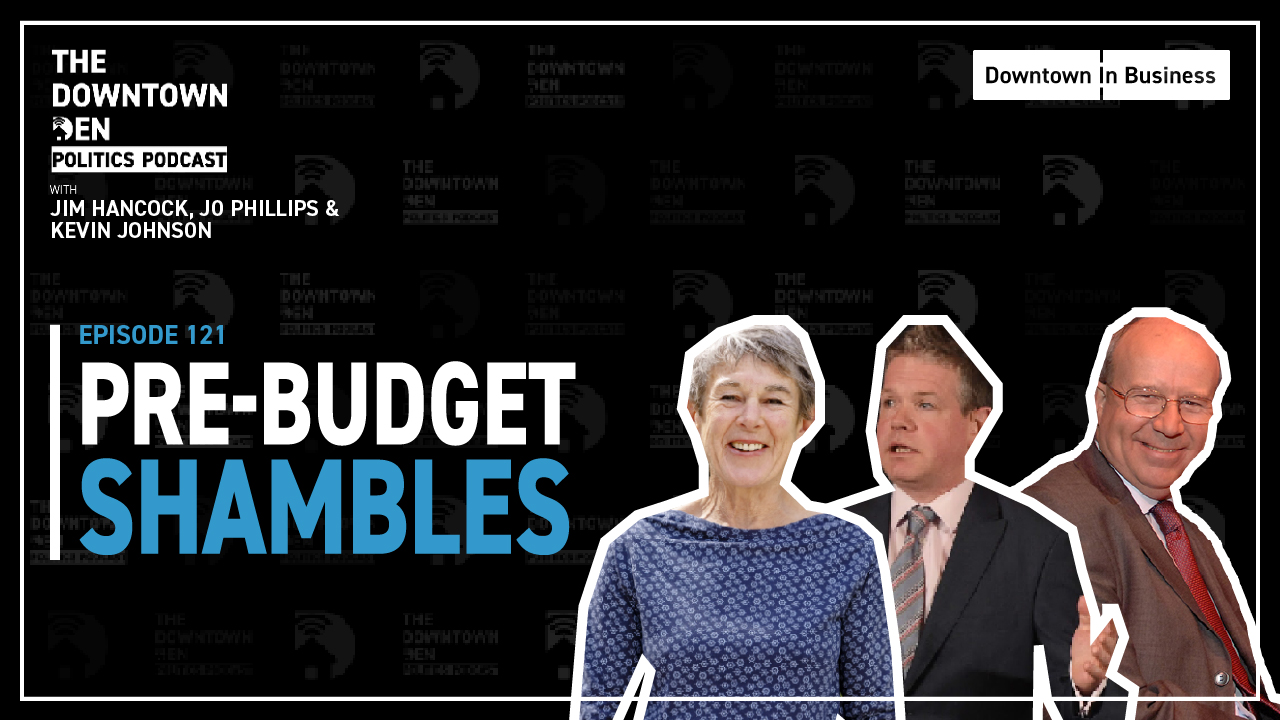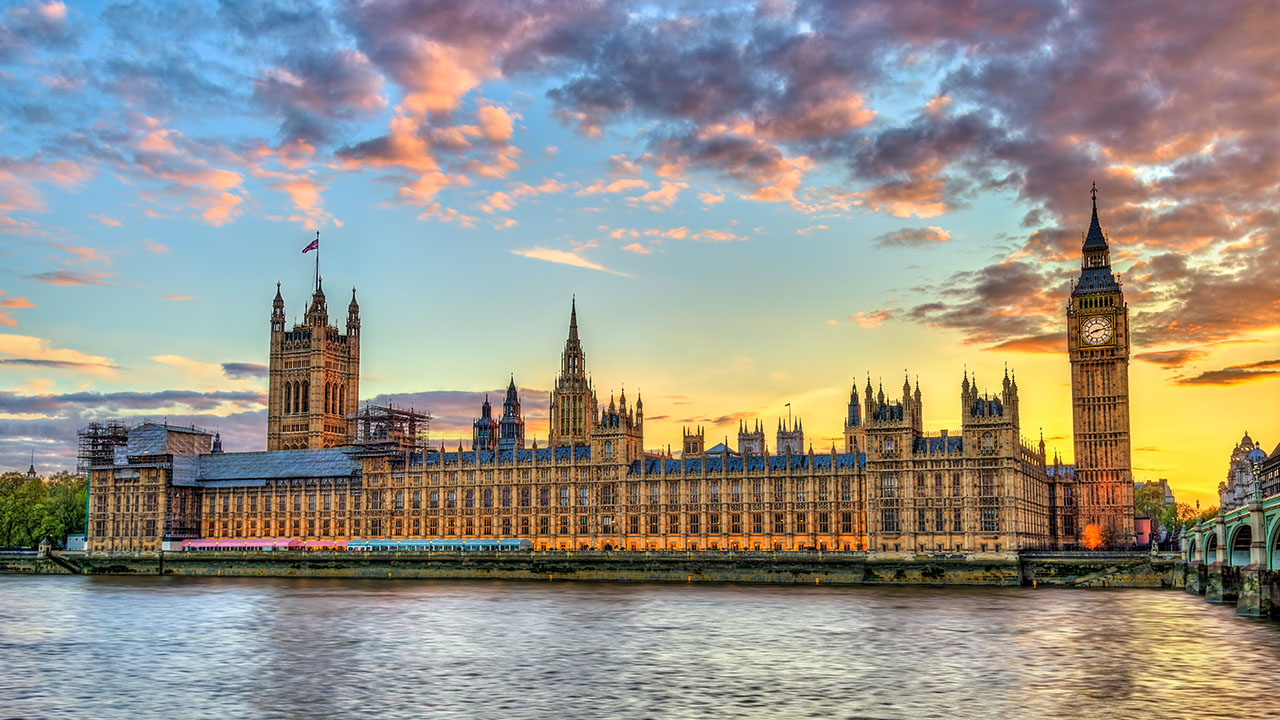Living in the Sunshine State, employment patterns follow the seasons.
As we enter Spring Break – the traditional start of the tourist season when college kids and high schoolers from across the country descend and let loose on the sun-kissed beaches of Florida – the local economy expects to see a boost.
As the peace and quiet is temporarily interrupted by the booming bass of car radios, the V8 Hemi growl of pick-up trucks and the shrill screeches of teenage angst, with it comes the steady flow of cash our local store and restaurant owners have been waiting for through the relatively chillier winter months.
It is also the time for those “Help Wanted” signs to make a reappearance and for kids like mine to make a small fortune pouring coffee, folding tee-shirts, scooping ice cream, or renting beach chairs.
But this year, employers are worried there may not be enough local talent to go around.
America is deep in the throws of the Great Resignation, a national phenomenon which is seeing millions of the nation’s normally loyal workforce say:
“Screw It! I ain’t working for the man anymore.”
Or more accurately,
“Screw it. I ain’t doing this for that salary anymore.”
Nearly 4.5 million people quit their jobs in February. Let that sink in.
The number of job openings continues to hover at record highs, with almost twice as many vacancies as there are unemployed workers to fill them.
The latest Job Openings and Labor Turnover Survey, or JOLTS, was released on Tuesday, and the U.S. Labor Department found there were 11.3 million open jobs las month from sea-to-shining-sea.
Workers, or those willing to even consider work, now have the upper hand in negotiations and aren’t prepared to go back to sub-minimum wage jobs, with low job security, anti-social hours and low job satisfaction.
Cooks, cleaners, carers and cashiers are in short supply nationwide and consequently stores and restaurants are struggling to be fully staffed for the influx of visitors.
And those who are still working are now demanding better pay, benefits and working conditions from their employers, safe in the knowledge bosses are reluctant to lay people off for fear of not being able to replace them.
For America’s enormous non-unionized workforce, especially in the food and beverage, hospitality and retail sectors, it seems the tide is finally turning.
Workers in our malls, hotels and high streets have endured the worst of times for decades. While corporate profits have soared and executive pay has exploded, they have wrestled with job insecurity, long anti-social hours, and a dependence on tips and gratuities to boost salaries from below minimum wage rates.
But now, it seems, market economics may be moving in favour of the worker. The misalignment between demand for workers and available supply is boosting wage growth and making bosses sweat. Karma?
Thankfully those extra dollars in the pay packet are providing some cushion to households feeling the pinch of soaring gasoline prices, but, economists warn, they may also be fuelling higher inflation and price rises too.
Wage growth in the U.S. is currently topping 5% annually, and employers hope these enhanced terms will slowly start to tempt workers back, though much of the movement in the nation’s labour market appears to be amongst those already in work looking for new opportunities.
The JOLTS reported that about half of those already employed plan to look for new jobs in the next year. Workers realise their best chance of significant wage gains is when they switch jobs, change employer or move location, so the longer this churn remains in the job market the more unstable the economy will be.
So, what has triggered this situation? Why are so many people leaving the workforce?
There are many theories, but I think a few key issues are probably at its core.
COVID for sure didn’t help.
Restaurants closed their doors, airline workers and hotel staff were furloughed and only essential stores and shops were trading. Employees were turfed out, often with little compensation or promise of a swift return, and in the U.S. zero safety net system, they had to go and find other work.
Restaurant workers became food delivery drivers; store clerks became Amazon warehouse workers. They enjoyed the change, the better pay and flexible hours and the idea of rushing back to being elbow deep in dirty dishes or mopping floors late at night lost any gloss it may once have had.
And years of burnout have also taken their toll. Nearly two-thirds of employees don’t believe their employer cares about their work life balance or their wellbeing, and the added stress of COVID fears has probably just served to push them over the edge.
Flexibility is now a huge issue in the workplace too.
As businesses reopen and expect employees to come back to the office, they are discovering a reluctance from many who have become comfortable with the remote or home working model, enjoying spending mealtimes with their kids and families, and prefer delivering work on a needs basis rather than commuting miles and hours to clock in and out.
If, as reported, half of employees are looking to switch jobs, my money says it will be from low flexibility jobs to better work-life balance opportunities and more understanding employers.
They also say people join for the job but leave because of their managers – and with many employees reporting they feel ‘under appreciated’, managers now have an even more pronounced role in helping with staff retention, though it may be too late to just chuck a few more dollars at someone when they really crave employee engagement, inclusion and recognition.
And, of course, demographics plays a part too.
We are now in the middle of all those post war baby boomers reaching their retirement age. They are taking their 401K, pension and stock options and heading to sunnier climes or places with cheaper living and medical expenses. Part of the Great Resignation is also the Great Retirement.
So, in conclusion, what we are perhaps really seeing is low wage workers suddenly realising they have options, employers hungry for staff offering enhanced benefits and salaries, and those dinosaur employers who think their employees should ‘just be grateful and shut up’ are, thankfully, going to lose out.













